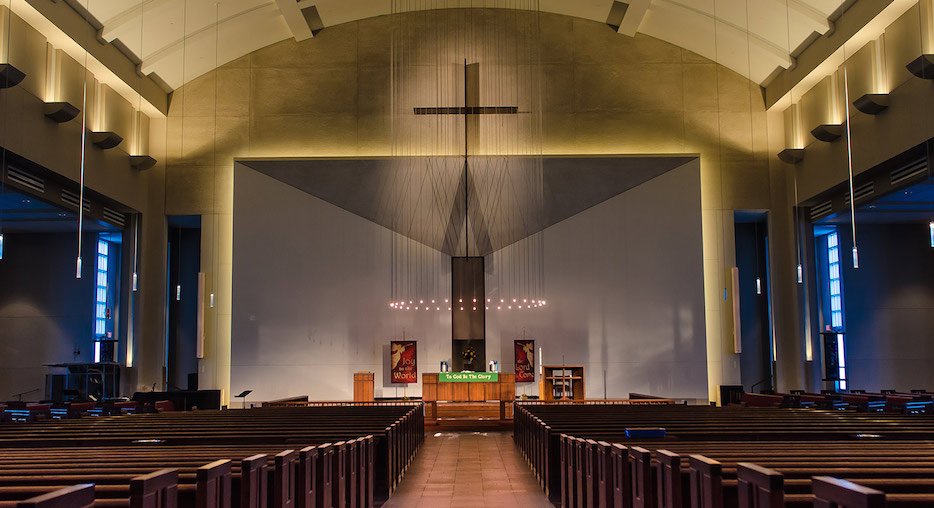From the towering cathedrals of old to contemporary worship spaces, churches have long been places of spiritual connection and communal gathering. However, as diverse and majestic as these structures can be, many face a universal challenge: acoustics. The unique architectural characteristics of churches, while often visually stunning, can sometimes lead to less-than-ideal sound environments. Let's delve into some of the most common church acoustics problems and the impacts they can have on worship experiences.
Common Church Acoustics Problems
Excessive Reverberation: One of the most prevalent issues in churches, especially those with high vaulted ceilings and hard surfaces, is excessive reverberation or echo. While a little reverb can lend a sense of majesty to choir performances, too much can muddy spoken words, making sermons and announcements difficult to understand.
Uneven Sound Distribution: In many churches, sound may be loud and clear in one section and muffled or distant in another. This disparity can be due to architectural features like pillars, balconies, or alcoves that disrupt the flow of sound.
Background Noise: External noises, like traffic or construction, can infiltrate the sanctuary. Internal sources, such as HVAC systems or creaking pews, can also be disruptive.
Feedback Issues: Modern churches often use amplification systems. Without proper tuning and setup, these systems can produce feedback, creating high-pitched, jarring sounds.
Bass Build-up: Certain areas, especially corners or recessed spaces, can accumulate low-frequency sounds, leading to an overwhelming bass that can drown out other frequencies.
Poor Speech Intelligibility: All of the above issues can converge to make the spoken word difficult to discern, particularly for older congregants or those with hearing challenges.
Impacts of Poor Acoustics on Worship
Reduced Engagement: A sermon's message can lose its impact if congregants are straining to understand the words. Similarly, hymns and music can lose their emotional potency if they sound muddled.
Frustration: Continuous acoustic issues can lead to frustrations, both for the church's leadership and the congregation. Over time, this can result in reduced attendance or participation.
Financial Strain: Churches may invest in high-end audio equipment in an attempt to overcome inherent acoustic challenges, leading to unnecessary expenditures. Without addressing the root acoustic problems, even the most advanced equipment can fall short.
Limitation on Use of Space: Poor acoustics can limit the types of events a church can host. For example, a space with significant reverb might not be suitable for events where clear speech is essential.
Conclusion
While church acoustics problems can pose significant challenges, they are not insurmountable. With careful consideration, expert consultation, and potentially some architectural adjustments, churches can create environments that are both spiritually and sonically uplifting. Advancements in the field, such as the solutions offered by SIAP Acoustics, provide tailored approaches to address the unique challenges faced by religious establishments. By integrating the expertise and technologies available today, churches can ensure that their sacred messages are delivered with clarity and resonance, nurturing a deeper spiritual connection within the congregation.


No comments yet